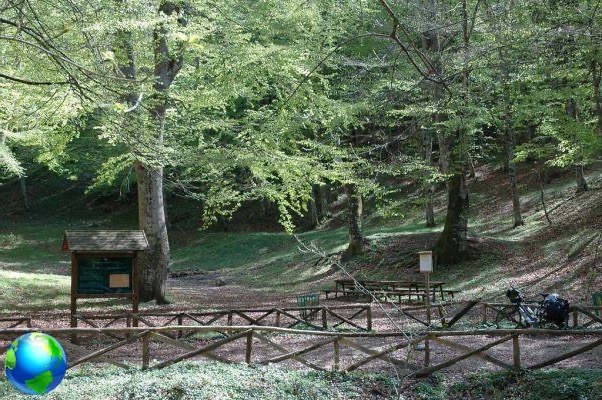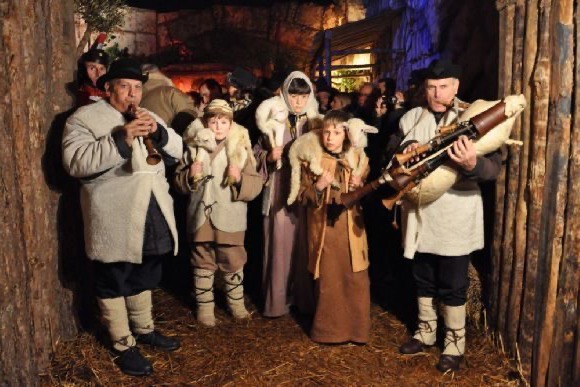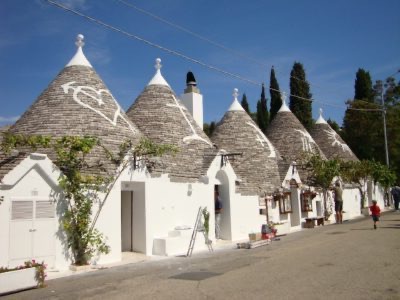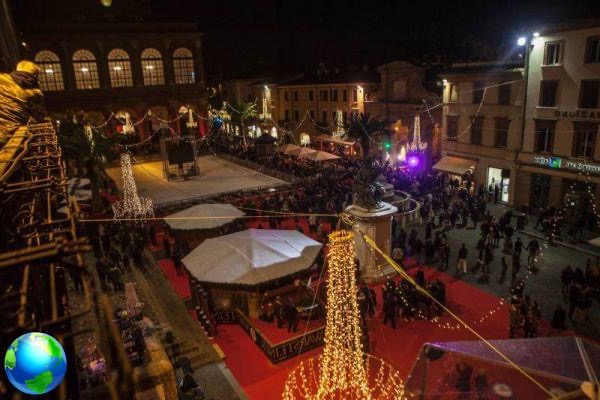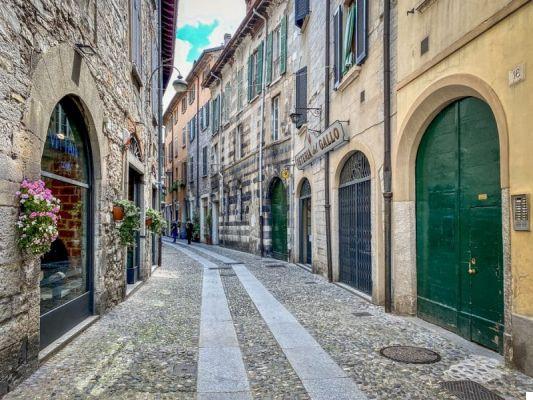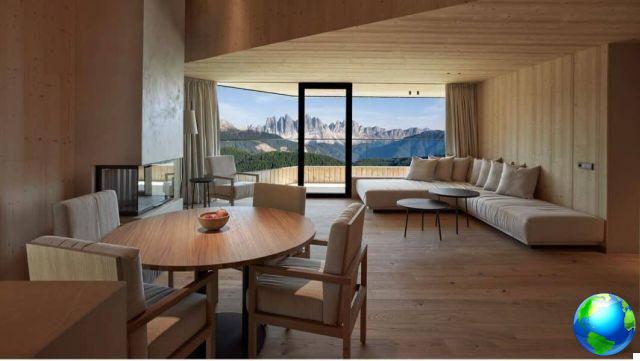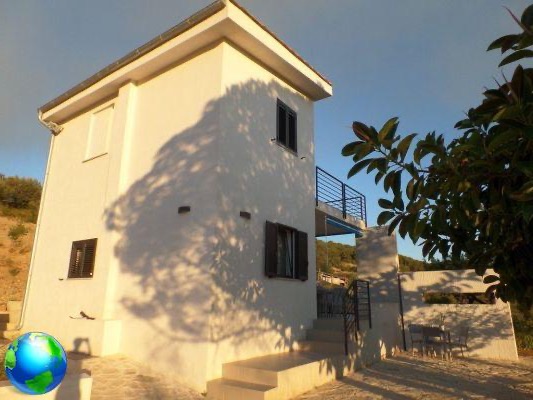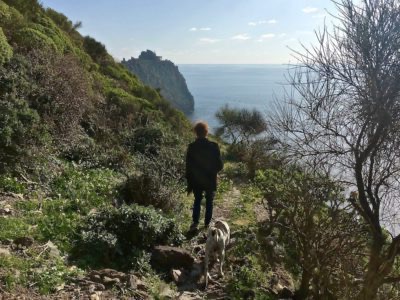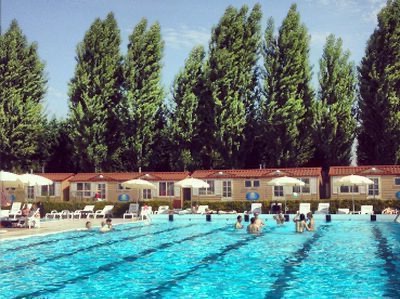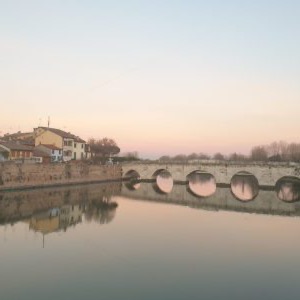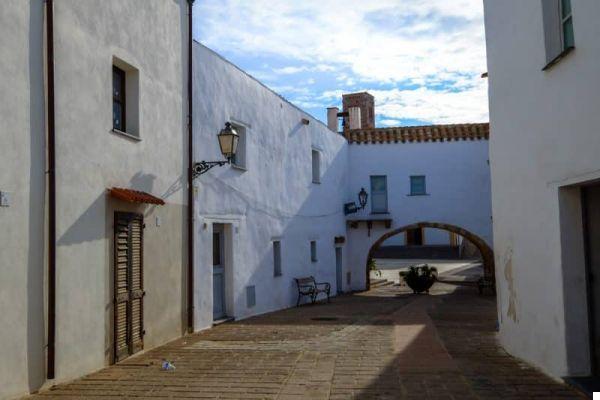An itinerary in Val Camonica to see the rock engravings, to learn more about the area between Bergamo and Brescia in Lombardy.
Divided between the provinces of Bergamo e Brescia Val Camonica it is one of the largest valleys in Lombardy, as well as one of the most fascinating from a landscape and historical-cultural point of view. This territory framed by the mountains boasts a very ancient history, which began in the Neolithic period, when the ancient population of the Camuni settled in this area.

Several rock carvings tstill today the passage of this primitive people to whom the valley owes its name, making the Camonica valley the largest center of rock art in all of Europe. In addition to the interesting prehistoric remains, in this area it is possible to discover the remains of different historical periods, ranging from the Roman age to the Middle Ages and more recent history, transforming a visit to these areas into a real journey through time. .
From the landscape side, the Camonica valley offers its tourists a great variety of scenarios, ranging from the typical alpine landscape of its mountain ranges, to the colorful panoramas of Iseo lake. The ski resorts, the mountain passes, the lakes and the itineraries to be covered on foot make this valley a lively place full of attractions in every season, which will appeal especially to lovers of sport and nature.
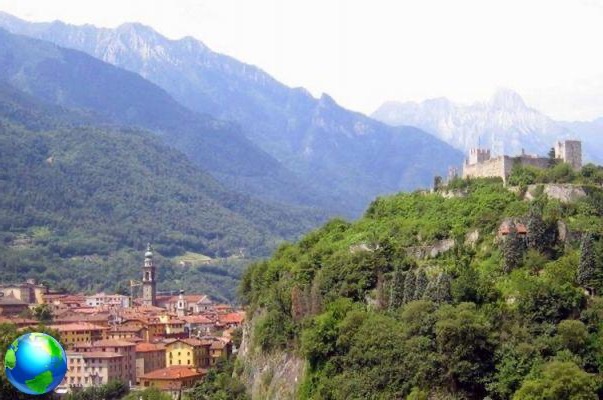
To get the best of this area I recommend a chronological path, from prehistory to the last century, which allows you to see the beauties of Val Camonica and perceive all the charm of its ancient history at the same time.
Rock engravings
The first stop on this ideal route should obviously be the rock carvings, that is the drawings left on the rock by the ancient local populations along a chronological span of about 8000 years. These precious prehistoric testimonies were included among the UNESCO sites in 1979, becoming the first World Heritage Site recognized in Italy, and are now the destination of numerous visits and school trips. The engravings found so far are scattered on about 2000 rocks, including in 24 different municipalities, but the main sites have been organized in 8 theme parks equipped for the visit. Among all, I recommend visiting the park of Naquane, in Capo di Ponte: here the engravings occupy a hundred rocks inserted in a unique natural setting, made of birch, pine, ash and chestnut trees, which reaches the apex of its beauty in autumn. , when the paths are covered with colored leaves.
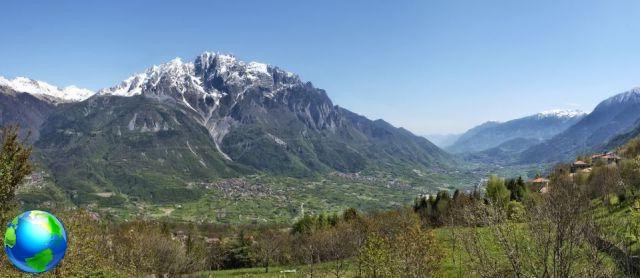
Cividate camuno
To continue this historical journey, I suggest you stop at Cividate camuno, a city of Roman origin which today preserves several traces of its past. Here you can visit the theater and amphitheater park and the Archaeological Museum of the Camonica Valley, which also houses materials from the surrounding area. As for the rock carvings, here too the historical remains are part of a beautiful landscape setting, which I recommend to discover with a walk in the Barberino park, extended along the course of the Oglio river.
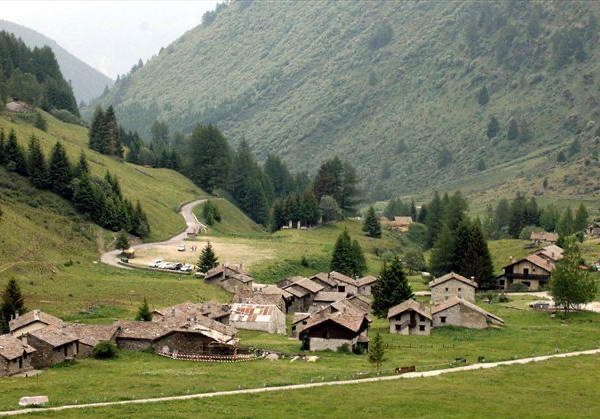
Bienno
The next stage takes us to the Middle Ages, with a visit to Bienno, a charming village that is one of the most beautiful villages in Italy. Approaching the historic center of this country you will have the impression of moving back in time and discovering a world where life flows with slower and more natural rhythms. Walking through its stone streets you can admire ancient buildings, beautiful courtyards, decorated doors and fountains, alternating with pretty shops selling food or handicrafts.
If you want to capture all the charm of this place, I recommend that you come during the market exhibition, an event held every year at the end of August. On this occasion, several artisans and artists exhibit their works in Bienno, setting up their stands in old houses, courtyards and alleys. The visit of this festival will give you even more the impression of taking a dip in the past, in a distant era made up of craftsmanship, ancient crafts and markets. Outside the historic center, the hill of Cristo Re, a hill from which a golden statue of Christ towers over the surrounding valley, is worth seeing.
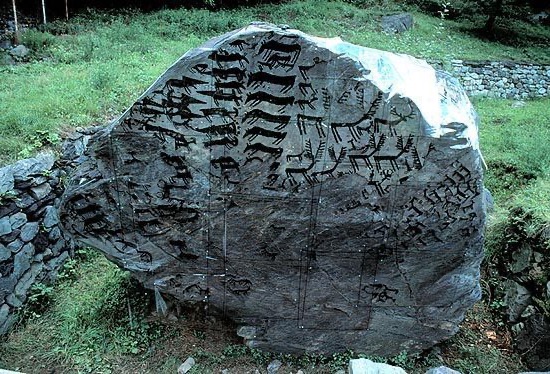
Upper Camonica valley
Finally, as the last stop on this journey, I recommend an extensive visit to high Camonica valley, site, during the First World War, of the so-called "white war", or the fighting held on Alps between Italian troops and the Austro-Hungarian Empire. In the village of Temù you can visit the White War Museum in Adamello which collects various testimonies dating back to the war period, such as photographs, weapons and equipment.
The whole upper Camonica valley is characterized by beautiful landscapes and offers its visitors the typical charm of mountain villages. Do not miss Ponte di Legno, one of the most important centers for winter tourism in Lombardy.




